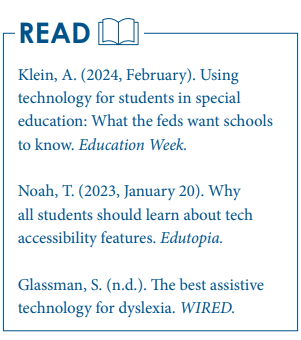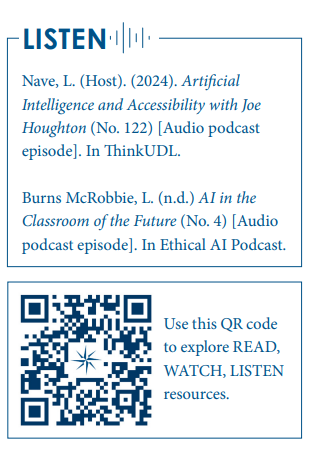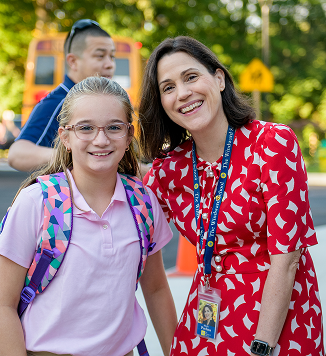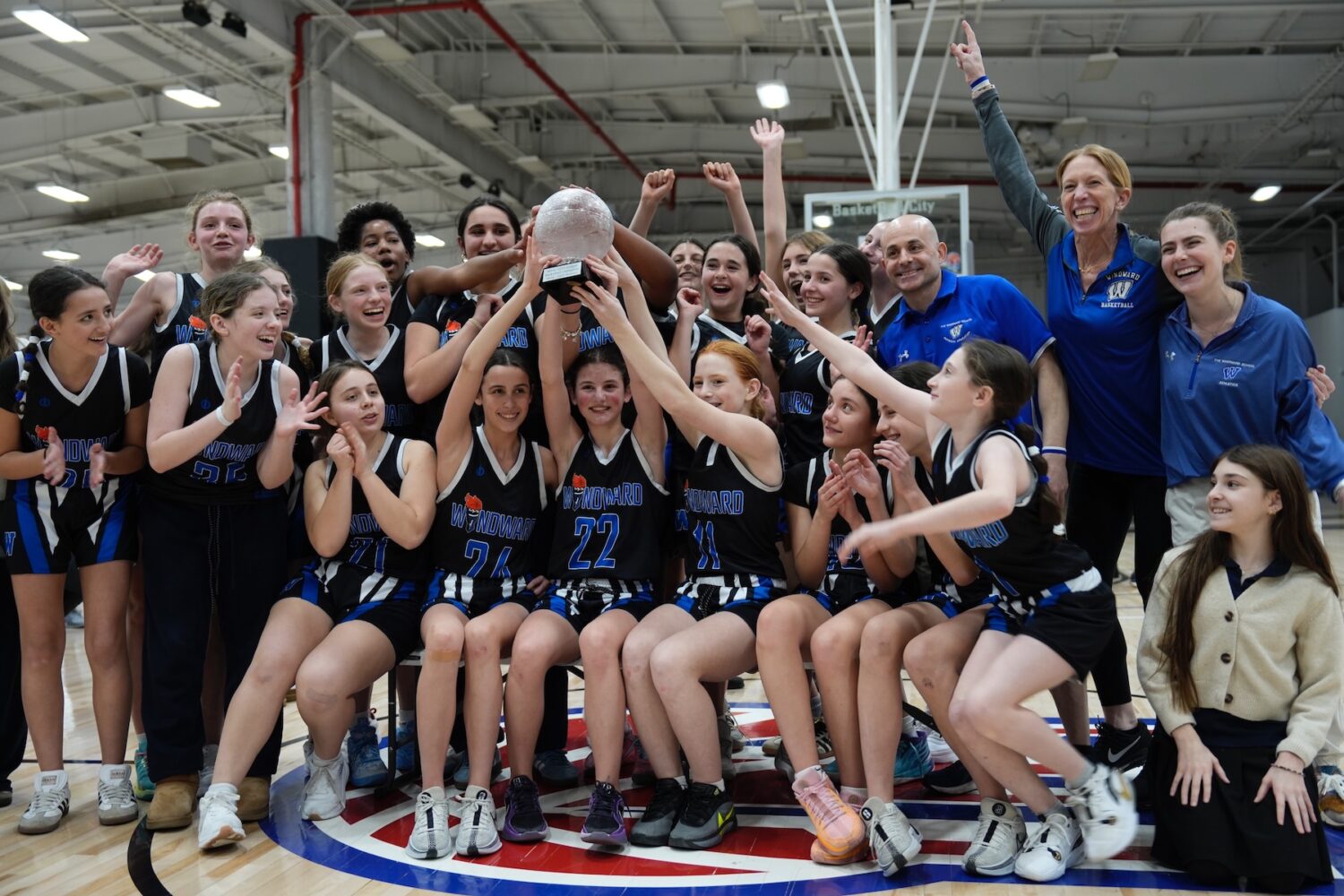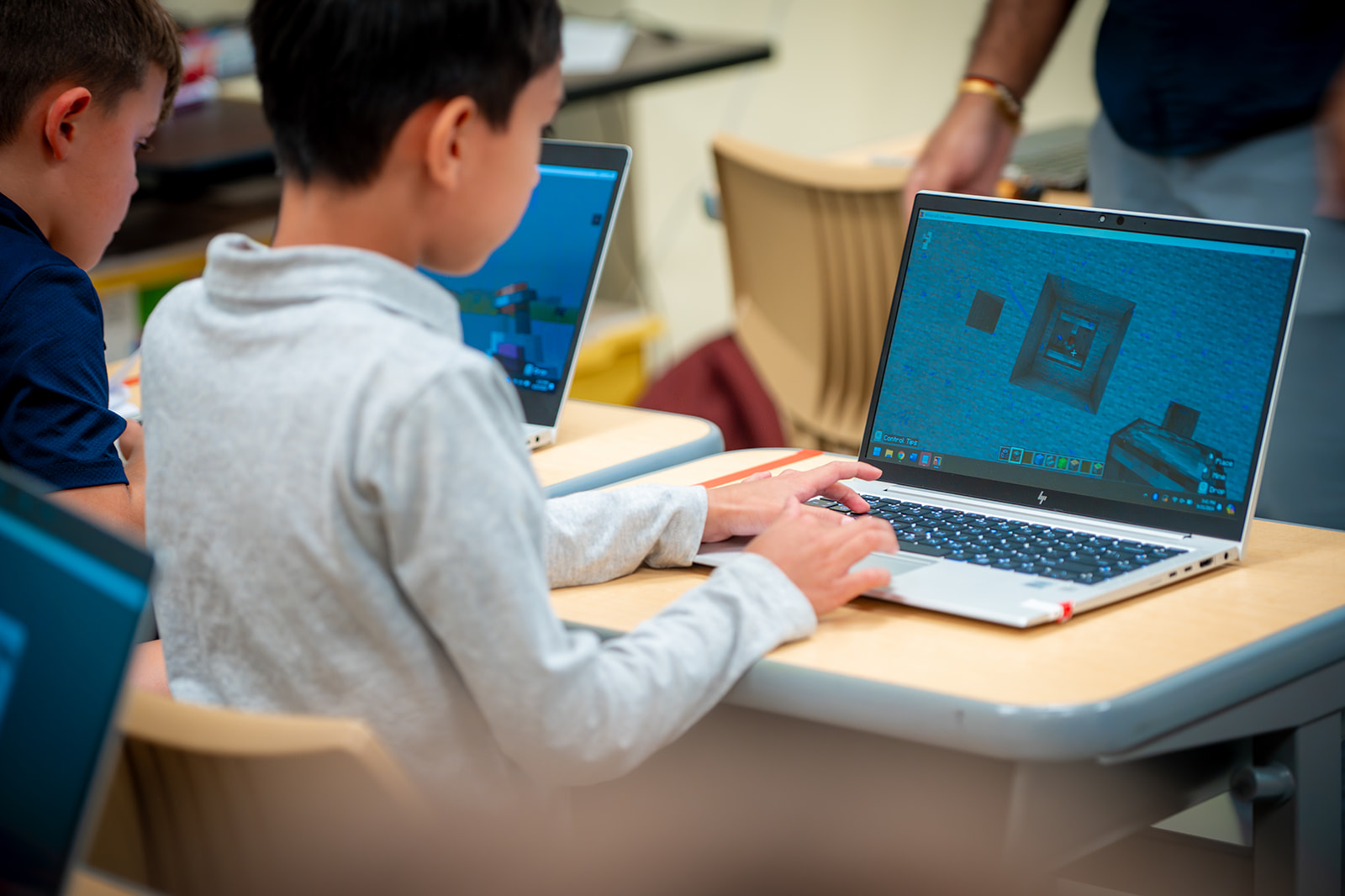The journey of understanding dyslexia and other language-based learning disabilities is a profound narrative
woven through the threads of human experience—one that illuminates the resilience of the mind and the innovative spirit of educators and researchers alike. This exploration is not merely an academic one; it is a testament to the collective commitment to ensuring that every learner can navigate the complexities of language and expression. The intersection of technology and education reflects a level of innovation that resonates with a shift toward understanding and inclusivity. In terms of dyslexia and other language-based
learning disabilities, we find ourselves at the forefront of a technological revolution that can effectively redefine the learning landscape. In this era of discovery, artificial intelligence (AI) and assistive technology (AT) can emerge as powerful allies to evidence-based instruction and interventions, helping to transform challenges into pathways for growth. By harnessing these advancements, we can reframe barriers into bridges of possibility, enabling all students to unlock their potential and share their unique stories with the world.
AI: PERSONALIZING LEARNING
AI is rapidly changing education, particularly for students with learning disabilities such as dyslexia. Panjwani Charania and Zhai (2024) conducted a systematic review that explored the effectiveness of AI-driven tools for
students with learning disabilities, finding that AI can analyze individual learning patterns to provide tailored
content, pacing, and feedback. This level of personalization has proven critical for this population of students,
as it allows them to progress at their own pace, building both confidence and efficacy. The review highlights AI-based programs: for example, read-aloud tools—such as speech-to-text tools that read aloud what is on the screen—and adaptive reading platforms—such as Immersive Reader, which can change the font size, spacing between letters, number of lines of text, and text background. These AI-driven tools create a more inclusive environment where students with dyslexia can thrive alongside their peers.
TEXT-TO-SPEECH (TTS) AND SPEECH-TO-TEXT (STT) TOOLS: ENHANCING LITERACY SKILLS
Text-to-speech (TTS) and speech-to-text (STT) technologies have been instrumental in supporting students with
dyslexia, particularly in reading and writing. TTS systems, which convert written text into spoken words, allow students to listen to content that might otherwise be difficult for them to read. This technology supports reading comprehension by reducing the cognitive load required for decoding and allows students to focus on understanding the material.
TEXT-TO-SPEECH TECHNOLOGY SUPPORTS READING COMPREHENSION BY REDUCING THE COGNITIVE LOAD REQUIRED FOR DECODING AND ALLOWS STUDENTS TO FOCUS ON UNDERSTANDING THE MATERIAL
A meta-analysis by Wood et al. (2018) examined the use of TTS tools among students with reading disabilities. The results showed significant improvements in reading comprehension, with students able to process and retain information more effectively when listening to the text rather than reading it. This approach is particularly beneficial for students who experience severe decoding difficulties, allowing them to engage with grade-level
texts without being hindered by their reading challenges.
Similarly, STT tools enable students to verbalize their thoughts and have them converted into written text, by passing the mechanical challenges of writing that many students with dyslexia face. Almgren Bäck et al. (2023) conducted a study focusing on the use of STT technology over a five-year period, revealing that students who used STT tools demonstrated significant improvements in writing quality and output. For students who struggle
with spelling, grammar, and sentence structure, these tools provide a means of expressing their ideas without being bogged down by the mechanics of writing.
ASSISTIVE TECHNOLOGY (AT): POWERFUL TOOLS
Assistive technology (AT) has long been a valuable resource for students with dyslexia, providing tools that help them overcome the barriers associated with reading and writing. These technologies range from simple tools, such as electronic graphic organizers, to more advanced software, like word prediction and digital note-taking systems.
According to Almgren Bäck et al. (2023), students using these tools report significant improvements in their ability to plan, organize, and execute writing tasks. Electronic graphic organizers, for instance, help students visually structure their ideas before writing, which is especially beneficial for those who struggle with organization. Research shows that students with learning disabilities who use these tools produce more coherent and well-organized essays compared to those who rely on traditional methods (Svensson et al., 2023).
Word prediction software is another AT tool that helps students with dyslexia by suggesting words as they type. This feature not only speeds up the writing process but also reduces the cognitive load associated with spelling and word retrieval. For many students with literacy-related challenges, the mere act of writing can be daunting due to spelling difficulties; word prediction software minimizes these barriers, allowing them to focus on the content of their writing.
UNIVERSAL DESIGN FOR LEARNING (UDL): INCLUSIVE LEARNING ENVIRONMENTS
The concept of Universal Design for Learning (UDL) (CAST, n.d.) has gained traction as educators work to create more inclusive classrooms that accommodate a wide range of learning styles and abilities. UDL emphasizes providing multiple means of engagement, representation, and action/expression, which is critical for students with learning disabilities like dyslexia.
Strobel et al. (2007) explore how UDL can be integrated with assistive technologies to support students with
dyslexia. By embedding AT tools such as TTS and graphic organizers into the curriculum, educators can offer
students multiple ways to access and process information. This approach not only benefits students with dyslexia but also supports other learners who may have diverse needs. For instance, providing auditory and visual representations of information can help all students—regardless of their reading ability—engage with the material more effectively.
One of the most significant benefits of UDL is its focus on removing barriers to learning. By integrating AT tools
from the outset, educators can create a learning environment where all students can succeed without an overreliance on individual accommodations.
OUTCOMES OF AI AND AT FOR STUDENTS WITH DYSLEXIA
A growing body of research supports the effectiveness of both AI and AT in improving educational outcomes
for students with dyslexia. In a cluster randomized control trial, Hurwitz and Vanacore (2023) found that elementary students with reading and language-based learning disabilities who used educational technologies to supplement reading instruction showed significant improvements in decoding and fluency
compared to their peers who did not use such tools. This study highlighted the importance of early intervention, showing that incorporating these supplemental technologies at a young age can help mitigate the long-term impacts of dyslexia.
Svensson et al. (2023) conducted a systematic review that examined the impact of assistive technology on students with reading and writing disabilities.
The findings were overwhelmingly positive, with students reporting improved academic performance,
reduced anxiety related to schoolwork, and increased engagement in the classroom. The review emphasized that by providing students with alternative ways to access and produce information, AT helps level the playing field for learners with dyslexia. Wood et al. (2018) found that students who used TTS tools not only improved their reading comprehension but also developed a greater sense of independence and self-efficacy. This sense of autonomy is particularly important for students with dyslexia, as it allows them to take control of their learning.
ETHICAL CONSIDERATIONS
While the benefits of AI and AT for students with dyslexia are clear, ethical considerations must guide their implementation. Johnson and Lee (2022) discuss the need to ensure that AI technologies are designed with equity in mind, particularly when it comes to data privacy and algorithmic bias. As AI tools become more prevalent in educational settings, it is essential to ensure that they are accessible to all students and do not inadvertently reinforce existing inequalities.
Additionally, educators must receive adequate training to use AI and AT tools effectively. Without proper professional development, there is a risk that these technologies could be misused or underutilized, leading to a negative impact on student outcomes. Strobel et al. (2007) emphasize the need for ongoing training programs that equip educators with the skills they need to integrate these tools into their classrooms in a way that aligns with best practices in pedagogy.
THE INTERSECTION OF AI, AT, AND EXECUTIVE FUNCTIONING
In addition to supporting reading and writing skills, AI and AT can also help strengthen executive functioning in
students with dyslexia. Research has shown that students with dyslexia often struggle with executive functioning
deficits, which further complicates their learning experience (Panjwani Charania & Zhai, 2024). These tools
offer scaffolding for tasks such as organization, planning, and time management. For example, digital
planners and task management apps help students break assignments into manageable steps and set reminders, ensuring they can stay organized and meet deadlines.
Panjwani-Charania and Zhai (2024) emphasize that AI tools designed for task management can improve self-regulation and task completion for students with learning disabilities. By offering real time feedback and progress tracking, these tools empower students to manage their academic responsibilities more effectively. Dawson et al. (2019) further highlight how AT tools that provide structure and visual aids can help students with dyslexia develop stronger organizational skills, which are crucial for academic success
A RAPIDLY CHANGING LANDSCAPE
The integration of AI and assistive technology into educational practices presents a transformative opportunity
for students with dyslexia and other language-based learning disabilities. By utilizing personalized learning
tools, employing assistive technologies, and adhering to ethical guidelines, educators can create inclusive
environments that empower students to succeed. Experts in the field suggest that future advancements in AI could lead to even more sophisticated tools that better understand individual learning styles and provide real-time feedback tailored to specific challenges (Panjwani-Charania & Zhai, 2024).
As AI continues to evolve, its potential to integrate seamlessly with proven, evidence-based instructional methods as well as other educational technologies could enhance collaboration among students and teachers, fostering a more interactive and engaging learning experience. As research continues to develop, ongoing collaboration between educators, technologists, and researchers will be essential in maximizing the
potential of these innovations. In this rapidly changing landscape, we are invited to reimagine education, creating environments where all students can thrive and articulate their unique voices with confidence and clarity.
